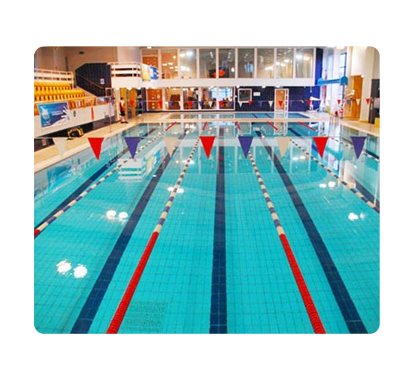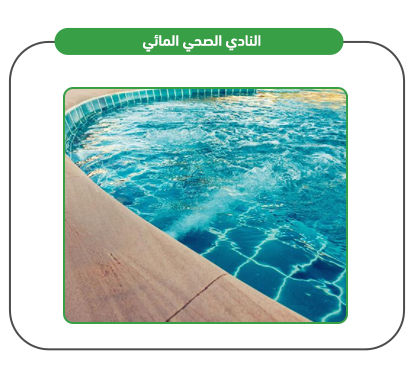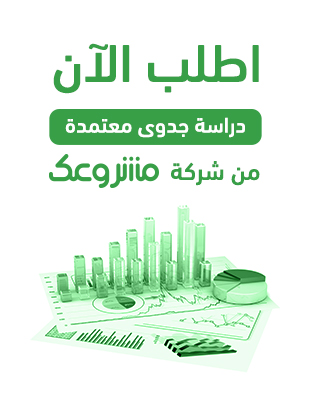Macroeconomic Sectors Theory:
According to the macroeconomic theory of sectors, the economy is divided into three main sectors:
The Primary Sector: Focused on extracting raw materials, including mining companies, lumber companies, oil exploration firms, agriculture, and fishing industries.
The Secondary Sector: Focused on manufacturing and selling goods, such as automobile manufacturing, furniture, clothing trade, and more.
The Tertiary Sector (Services Sector): Focused on providing and producing services, relying primarily on intangible assets such as entertainment, healthcare, transportation, hospitality, restaurants, and more.
This theory posits that as countries advance, their economies increasingly rely on the tertiary sector, while less-developed countries depend heavily on the primary sector. For example, the services sector accounts for 85% of the U.S. economy.
Kingdom of Saudi Arabia:
The services sector is a significant component of the Saudi economy, encompassing wholesale and retail trade, restaurants and hotels, transportation, storage, information and communications, financial services, insurance, real estate, business services, social and personal services, and government services. Key indicators include:
- The services sector contributes approximately 48.2% to Saudi Arabia’s GDP.
- Wholesale, retail trade, restaurants, and hotels contribute about 10.8% to the GDP.
- Transportation, storage, information, and communications contribute about 6.6%.
- Financial services, insurance, real estate, and business services contribute 6.4%.
- Social and personal services contribute 2.5%.
- Government services contribute 21.9% to the GDP.
State of Qatar:
- The wholesale and retail trade sector in Qatar is valued at approximately 50,083 million Qatari riyals.
- There are 11,139 wholesale and retail trade establishments employing 213,954 workers, with total employee compensation reaching 11,288.9 million Qatari riyals.
- The hospitality and restaurant sector includes 2,396 establishments employing 78,194 workers, with employee compensation totaling 2,947.4 million Qatari riyals.
- Mobile phone subscriptions include 976,015 postpaid users and 2,941,556 prepaid users.
- A total of 2,224 kilometers of roads were paved in the previous year.
- Qatar issued 242,923 driving licenses last year.
- The transport and communications sector paid out 24,338.2 million Qatari riyals in employee compensation.
- Qatar issued 715,897 insurance policies last year.
- There are 4,973 business services establishments employing 215,285 workers, with employee compensation exceeding 15,347.8 million Qatari riyals.
- The social and personal services sector in the private sector employs 80,569 workers, with total employee compensation estimated at 6,127.6 million Qatari riyals.
State of Kuwait:
- Wholesale and retail trade contribute approximately 1,644.3 million Kuwaiti dinars to the GDP.
- The restaurant and hotel sector contributes about 418.6 million Kuwaiti dinars.
- Transportation, storage, and communications contribute approximately 2,554.5 million Kuwaiti dinars.
- Paved road area in Kuwait spans 91,340,068 square meters.
United Arab Emirates:
- Wholesale and retail trade, motor vehicle and motorcycle repair contribute 12.3% to the GDP (172,288 million AED).
- Transportation and storage contribute 5.9% to the GDP (82,461 million AED).
- Accommodation and food services contribute 2.3% to the GDP (32,357 million AED).
- Information and communications contribute 2.9% to the GDP (41,347 million AED).
- Financial activities and insurance contribute 9.6% to the GDP (134,773 million AED).
- A total of 7,584,607 insurance policies were issued by the end of last year.
- The wholesale and retail trade sector employs 13% of the UAE’s workforce.
- The transportation and storage sector employs 6.2% of the workforce.
- The accommodation and food services sector employs approximately 5% of the workforce.
Sultanate of Oman:
- Oman’s GDP is valued at 29.3 billion Omani riyals.
- Wholesale and retail trade contribute 7% to the GDP (2,064.7 million OMR).
- The restaurant and hotel sector contributes 1.1% to the GDP (308.6 million OMR).
- Transportation, storage, and communications contribute 5.9% to the GDP (1,721.2 million OMR).





